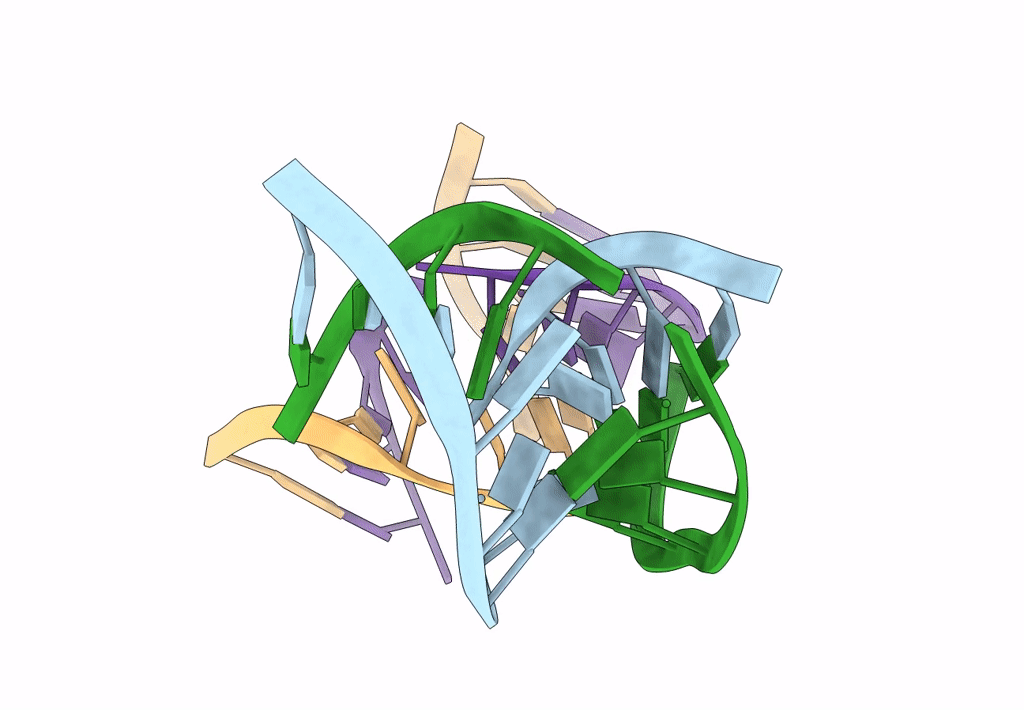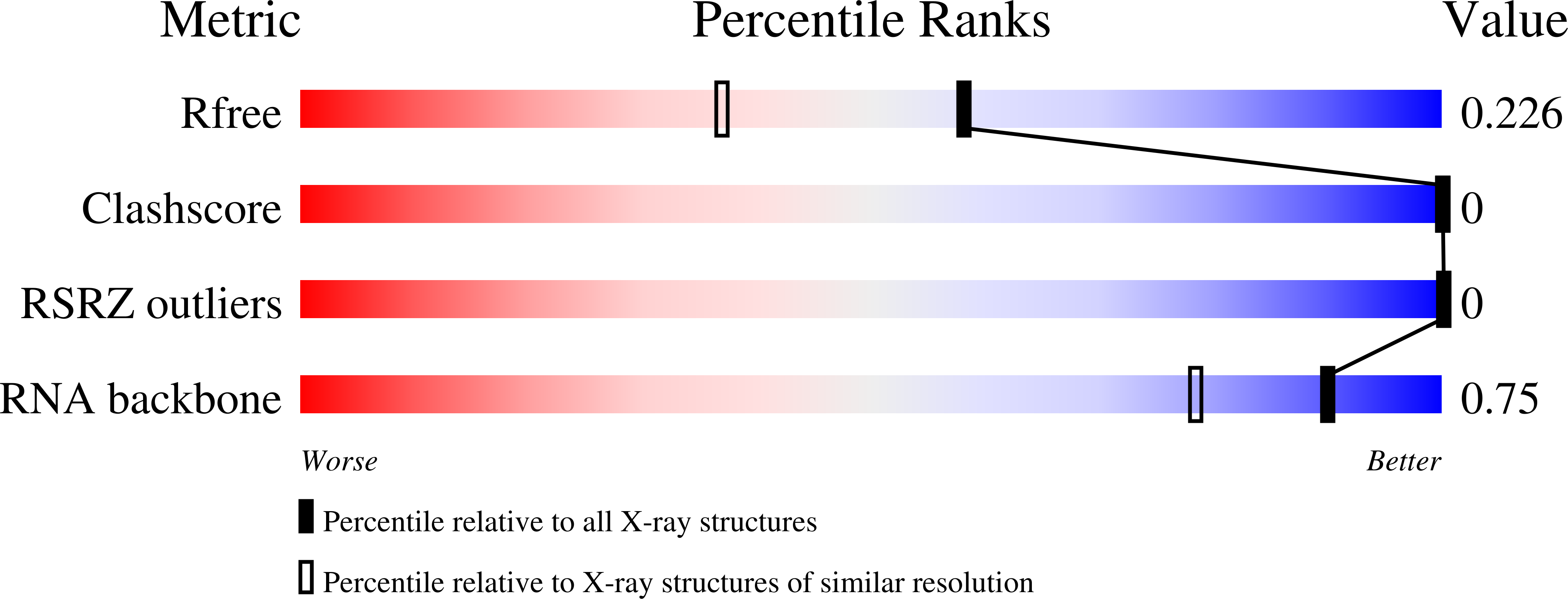
Deposition Date
2021-02-09
Release Date
2021-12-22
Last Version Date
2024-05-22
Method Details:
Experimental Method:
Resolution:
1.78 Å
R-Value Free:
0.22
R-Value Work:
0.19
R-Value Observed:
0.19
Space Group:
P 32


